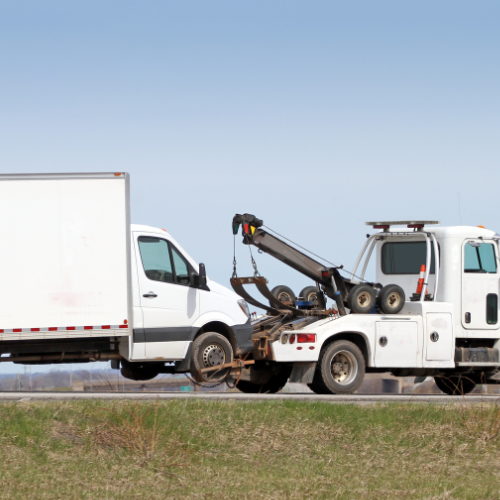
Fall Driving Hazards
Along with changing leaves, cooler temperatures and shorter days, the fall season can bring new hazards to motorists. Adverse weather conditions, back-to-school traffic and animals pose dangers that can result in vehicle damage or injury. The following are factors drivers should take into consideration as fall begins:
- Kids —Drivers should be extra cautious in school zones and be on the lookout for children, particularly those walking and biking to school. New, inexperienced student drivers may also be navigating congested traffic for the first time. In addition, watch out for school buses displaying red flashers as most states require drivers to halt for a bus loading or unloading children.
- Darkness —According to the National Highway Traffic Safety Administration, almost 50% of fatal car accidents happen at night, despite only 25% of motor vehicle travel taking place during night hours. As the days get shorter in the fall, it is important to ensure headlights, taillights and turn signals are all working properly since darkness will likely be a part of many drivers’ travels.
- Animals —Research from the Insurance Institute for Highway Safety found that drivers are 3.5 times more likely to hit an animal, especially a deer, in November than at any other time of the year. To avoid colliding with an animal, use extra caution at dawn and dusk, scan the road ahead and honk the horn.
- Leaves —Since it rains often during the fall season, leaves can become as slippery as ice as temperatures cool. Fallen leaves can also hide potholes and road markings, making it more dangerous for drivers on the road.
- Sun glare —Sunrises and sunsets can cause a large amount of glare, making it difficult to see other vehicles, pedestrians, traffic lights or the roadway. Keep an extra pair of sunglasses in the vehicle at all times and make sure the windshield is clean of all dust particles, streaks and smudges, as these can become magnified when illuminated by sunlight.
Implementing safe driving practices can help ensure drivers remain safe on the road this season.
Preventing Employee Theft
One of the biggest threats to a company’s profit is employee theft. According to the National Federation of Independent Business, an employee is 15 times more likely than a non-employee to steal from an employer. In addition, the U.S. Department of Commerce reports that nearly one-third of business failures are related to employee theft or fraud.
Employee misdeeds can take many forms, including larceny, skimming, fraudulent disbursements, embezzlement and stealing business opportunities. The following are prevention strategies for business theft:
- Improve candidate screening. Business owners should thoroughly vet all candidates by checking references, performing background checks and conducting online research.
- Monitor retail transactions. Managers should know who has access to cash drawers, cash registers and point-of-sale systems.
- Use an outside auditing firm. Bringing in a third party to review business financial records can make dishonest employees think twice before stealing and provide a second set of eyes to help catch and correct errors.
- Install security measures. Surveillance cameras, access cards or codes, and unique computer login credentials for all employees can deter employee theft.
- Provide a way for employees to report theft or fraud. There should be a secure process for employees to report any co-worker’s wrongdoing without fear of punishment or retaliation.
Employee theft is underreported and likely underestimated by many organizations. However, the threat of employee theft should be taken seriously, and business owners can take preventive action to limit the risk.

DOL’s EBSA Enforcement Results 2023
The U.S. Department of Labor unveils EBSA enforcement results for FY 2023.

Debunking 5 Cybersecurity Myths
Misconceptions about cybersecurity can undermine effective strategies, leaving organizations vulnerable to threats.

Protect Yourself From Predatory Towing
Uncover the truth about “predatory towing” in trucking. Learn how to defend your business against
